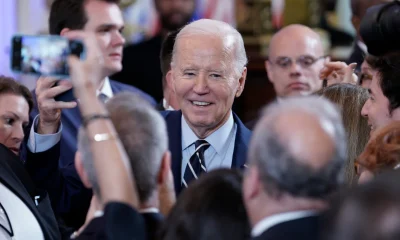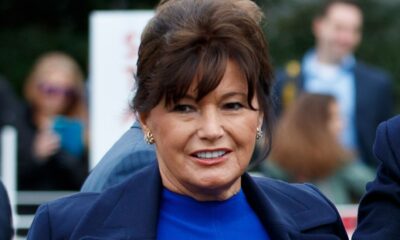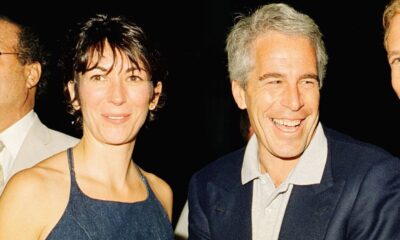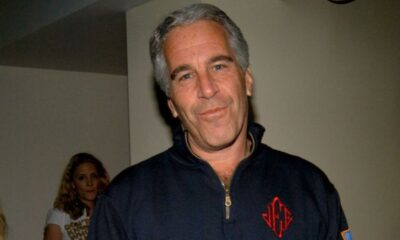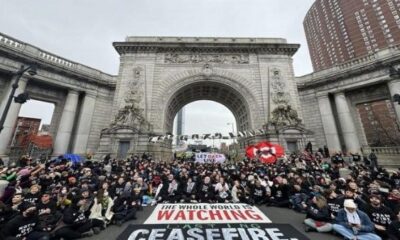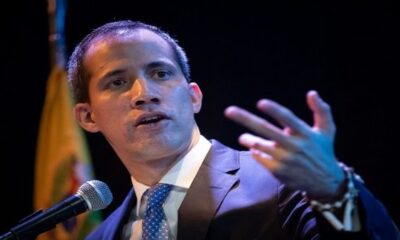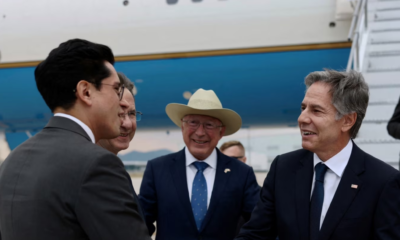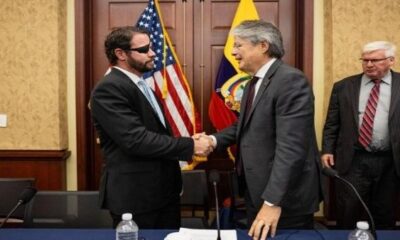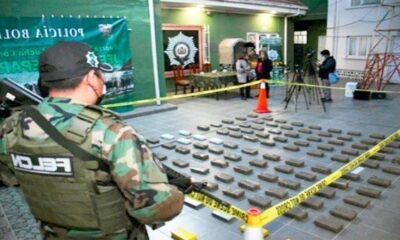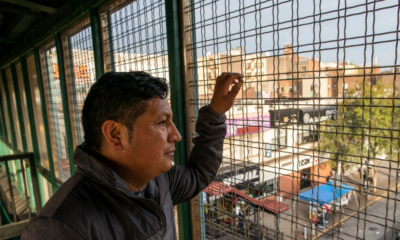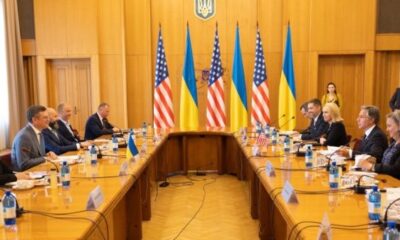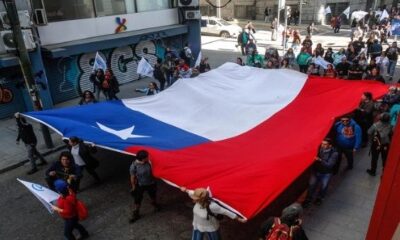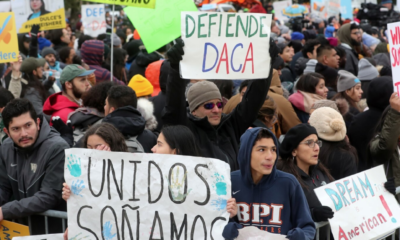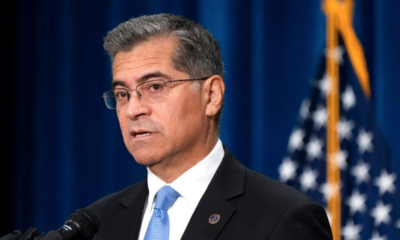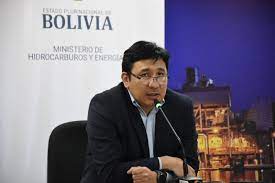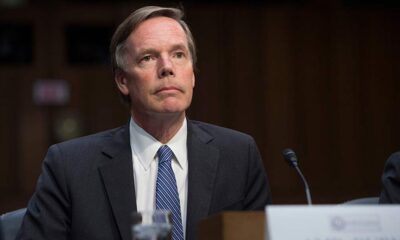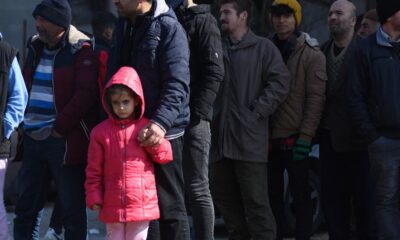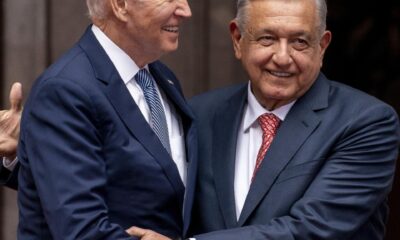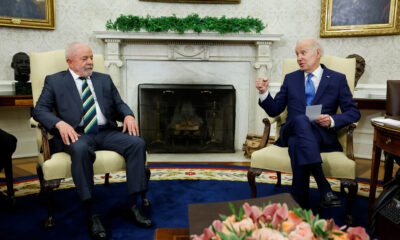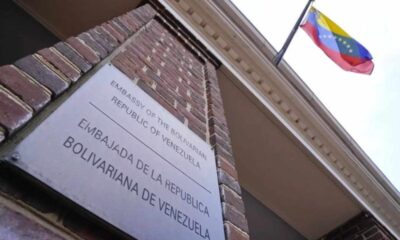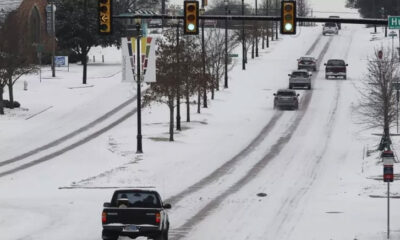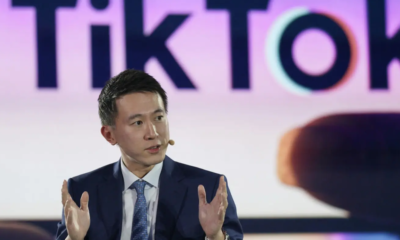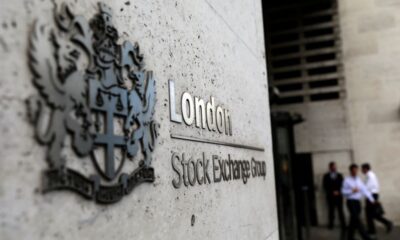International
US inflation slows in November in smallest spike in year

| By AFP | Beiyi Seow |
US consumer inflation eased in November, according to government data released Tuesday, bringing some relief to policymakers with the smallest annual increase in nearly a year.
Officials are closely eying the monthly inflation report for signs that painfully high consumer prices are definitively moderating at last, as surging costs of living force households to dip into their savings.
The consumer price index (CPI), a closely-watched measure of inflation, jumped 7.1 percent from a year ago, down from 7.7 percent in October, according to Labor Department figures.
But the overall number is still about three times the pre-pandemic pace.
Prices ticked up 0.1 percent from October to November, a smaller-than-expected increase after a prior 0.4 percent jump, the latest data showed.
President Joe Biden reacted with cautious optimism about the US economy, saying the figures gave “a reason for some optimism for the holiday season and I would argue for the year ahead.”
Core prices, which exclude the volatile food and energy segments, rose 0.2 percent in November, down from a 0.3 percent pick-up in October.
“The index for shelter was by far the largest contributor to the monthly all items increase, more than offsetting decreases in energy indexes,” the Labor Department said in a statement.
Food inflation nudged up as well, underscoring the financial squeeze that households are still experiencing.
While an improvement from before, the data likely reinforces official views that costs remain far too high, and US central bankers are poised to push on in their quest to cool the world’s biggest economy.
The Federal Reserve has raised the benchmark lending rate six times this year in hopes of lowering demand, walking a fine line between reining in prices and triggering a recession.
The lower inflation figure is likely to fuel optimism for easing in the Fed’s aggressive campaign as its policy-setting committee starts a two-day meeting Tuesday that is widely expected to culminate in a smaller rate hike.
Right direction
Consumer inflation remains much higher than the Fed’s longer-term goal of two percent, even as prices are “moving in the right direction,” said economist Rubeela Farooqi of High Frequency Economics Tuesday.
But “further sustained improvement” over the coming months could allow the Fed to slow its pace of rate hikes more, she added.
While goods prices are decelerating, they still contribute heavily to CPI changes and a reversal of the trend will take time, she warned in an earlier analysis.
James Knightley of ING told AFP that while the asking price for rents appears to be falling in many cities, most people are still paying “considerably more” than last year.
Analysts have also been watching price increases in services, given that quickly rising wages feed into this segment and “continue to run hot,” he noted.
“This is clearly an area of concern for the Fed,” he said.
International
Four suspected PCC members killed in Police shootout in Florianópolis
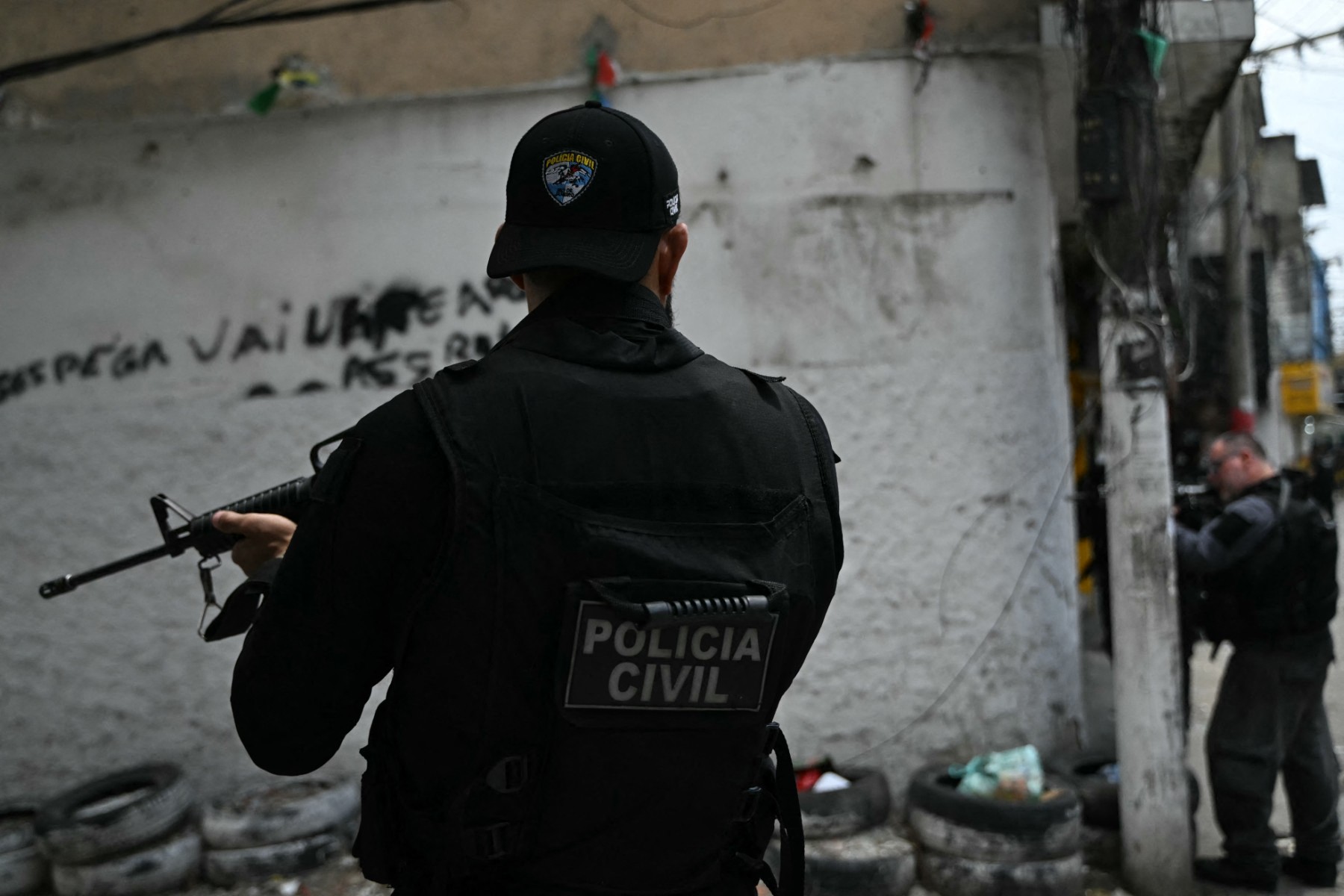
At least four armed men, allegedly linked to an organized crime group, were killed Sunday night during a shootout with police officers at Ponta das Canas beach on the island of Florianópolis, capital of the southern Brazilian state of Santa Catarina, local media reported on Monday.
According to the Santa Catarina Military Police, one of the men killed was a native of the state of São Paulo (southeast) and identified as a leader of the Primeiro Comando da Capital (PCC), a gang that controls drug trafficking in the Papaquara community in northern Florianópolis, one of Brazil’s most popular tourist areas.
Police said officers were conducting a patrol in the Ponta das Canas neighborhood when they noticed a man entering a house in a hurry, raising suspicion. Upon entering the residence, they encountered four heavily armed individuals.
During the police operation, one of the suspects reportedly attempted to seize an officer’s rifle, triggering the exchange of gunfire. “Faced with the imminent threat and the criminals’ high firepower, the officers responded to stop the aggression,” the Military Police said on social media.
International
U.S. uses $4.65 billion in emergency funds to sustain SNAP benefits amid shutdown

The U.S. government will use $4.65 billion from an emergency fund to finance payments under SNAP, the country’s primary food assistance program, covering roughly “50% of benefits for eligible households,” according to a Department of Agriculture official in court filings.
The administration, however, does not plan to make up the funding shortfall through other resources, as noted in documents submitted to a federal court in Rhode Island.
This announcement follows a federal judge’s order in Providence — one of two issued last week — requiring the government to tap emergency funds to ensure the program remains operational.
The Trump administration argues that SNAP is running out of money amid a month-long federal government shutdown, triggered by a budget standoff between Democrats and Republicans who continue to blame each other for the crisis.
President Trump said on Friday that he was willing to release the necessary funds if the courts required it and emphasized that he does not want “Americans to go hungry.”
Hakeem Jeffries, the Democratic minority leader in the House of Representatives, accused Trump and the Republican Party on Sunday of “weaponizing hunger” during the political dispute.
International
U.S. strike in Caribbean kills three suspected drug traffickers

A U.S. strike on a suspected drug-smuggling vessel in the Caribbean killed three people on Saturday, according to Pentagon Chief Pete Hegseth, marking the latest in a series of attacks in international waters.
The United States has deployed ships to the Caribbean and sent fighter jets to Puerto Rico as part of a large military force that Washington says is aimed at curbing drug trafficking.
“This vessel, like all the others, was known to our intelligence for being involved in illicit narcotics smuggling,” Hegseth stated on X. “Three narcoterrorists were aboard the vessel during the attack, which took place in international waters,” he added.
Experts argue that the attacks, which began in early September, amount to extrajudicial executions, even if the targets are known traffickers.
Washington has yet to publicly provide evidence that the targeted individuals were actively smuggling drugs or posed a threat to the United States.
Hegseth said the U.S. would continue “hunting… and killing” suspected traffickers. He also shared video footage of the strike, showing the vessel being hit and engulfed in flames. As in previous videos, sections of the ship were blurred, making it impossible to verify the number of people on board.
The United Nations called on Friday for Washington to halt its attacks.
-

 International3 days ago
International3 days agoFloods in Central Vietnam leave 28 dead, thousands displaced
-

 International4 days ago
International4 days agoHurricane Melissa kills over 30, leaves thousands displaced in the Caribbean
-
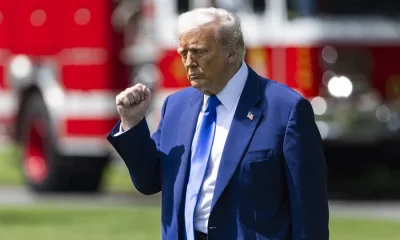
 International4 days ago
International4 days agoU.S. considering airstrikes on military sites in Venezuela, reports say
-

 International5 days ago
International5 days agoHurricane Melissa leaves Jamaican residents homeless as recovery efforts begin
-
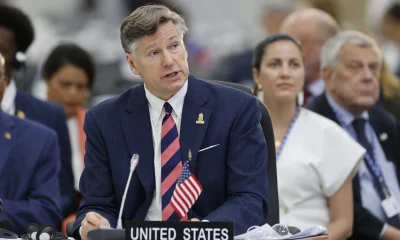
 International5 days ago
International5 days agoUS Deputy Secretary criticizes Mexico’s call to end Cuba trade embargo at UN
-
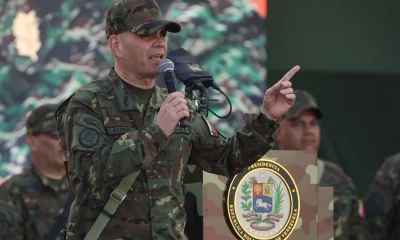
 International5 days ago
International5 days agoVenezuela warns citizens who call for invasion risk losing nationality
-

 International5 days ago
International5 days agoTrump orders immediate U.S. nuclear testing, ending 30-year moratorium
-

 International5 days ago
International5 days agoMexico advances continental shelf claims at UN Commission in New York
-

 International1 day ago
International1 day agoAt least 23 killed in Sonora supermarket blast, including minors
-

 International4 days ago
International4 days agoTrump sets historic low refugee cap at 7,500, prioritizes white South Africans
-
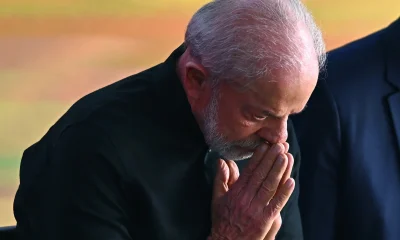
 International5 days ago
International5 days agoBrazilian president defends coordinated anti-drug operations after deadly Rio raid
-

 International4 days ago
International4 days agoUNICEF: Over 700,000 children affected by Hurricane Melissa in the Caribbean
-

 International3 days ago
International3 days agoFBI foils ISIS-Inspired attack in Michigan, arrests five teens
-
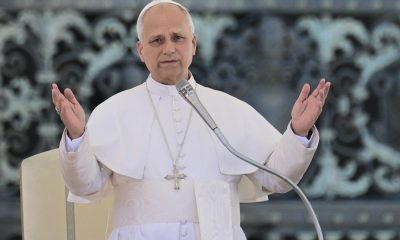
 International4 days ago
International4 days agoPope Leo XIV revives Global Compact on Education to confront cultural crisis
-

 International4 days ago
International4 days agoU.S. warns China over Taiwan during high-level defense talks in Kuala Lumpur
-

 International5 days ago
International5 days agoSimeón Pérez Marroquín, ‘El Viejo,’ detained for role in Miguel Uribe Turbay assassination plot
-

 International1 day ago
International1 day agoU.S. strike in Caribbean kills three suspected drug traffickers
-

 International6 hours ago
International6 hours agoU.S. uses $4.65 billion in emergency funds to sustain SNAP benefits amid shutdown
-
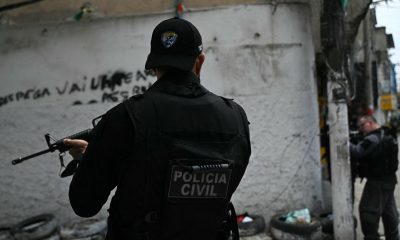
 International6 hours ago
International6 hours agoFour suspected PCC members killed in Police shootout in Florianópolis

































